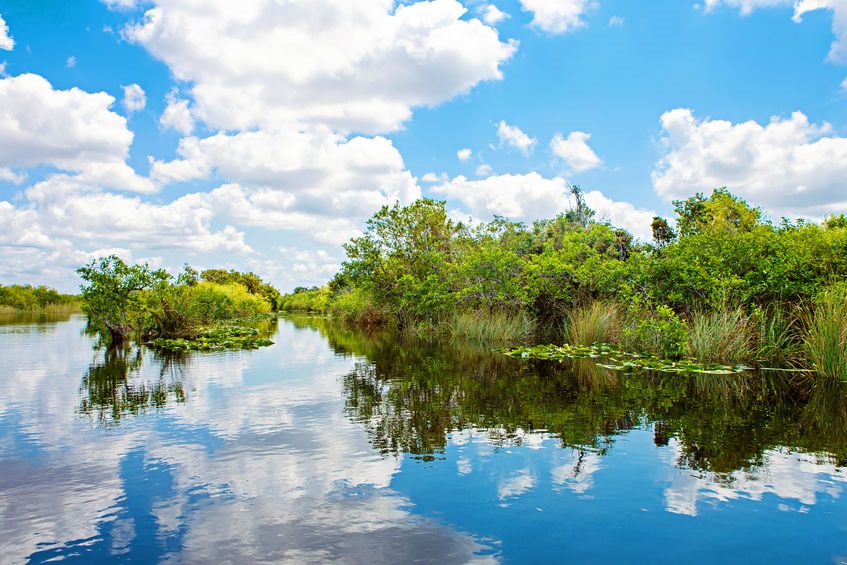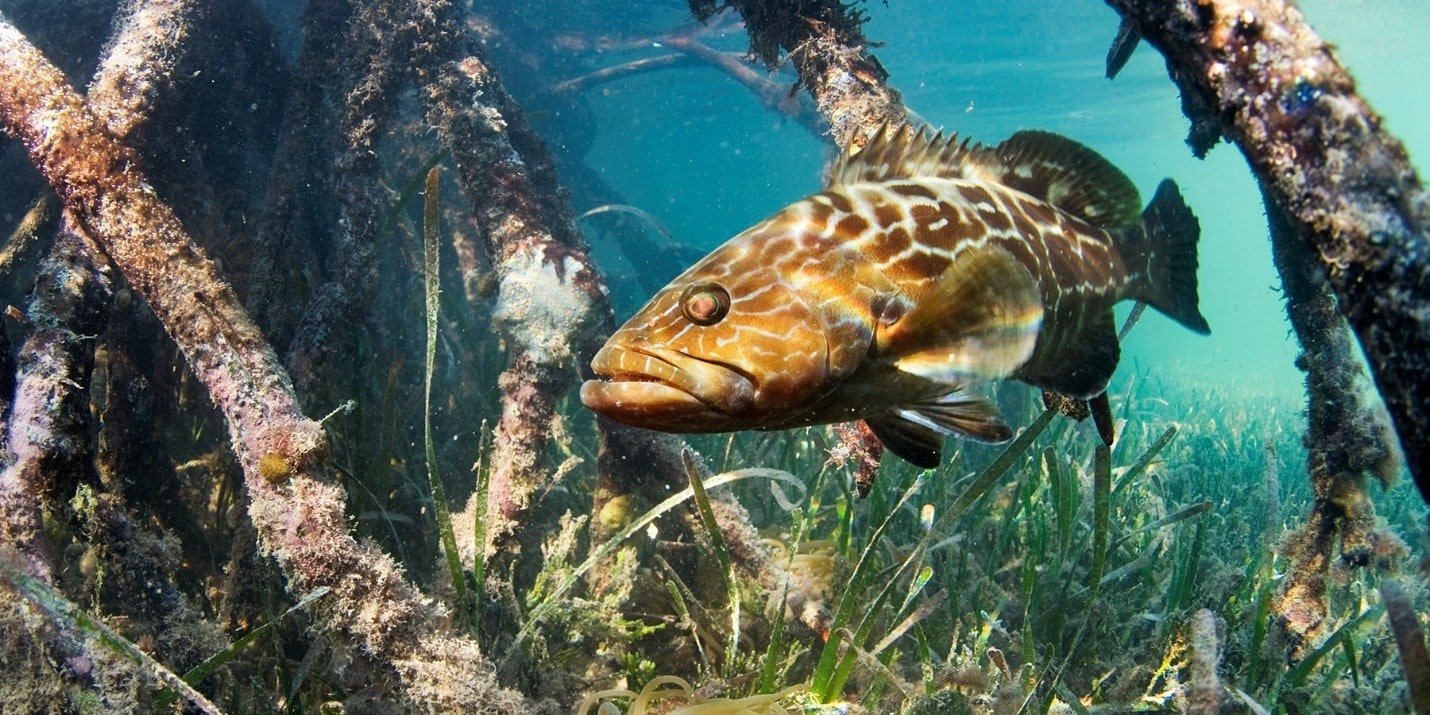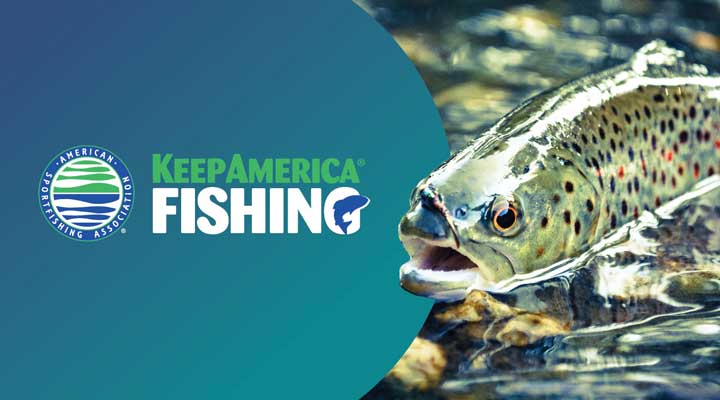Overview of the Issue
The Florida Everglades are not only an environmental wonder but also provide essential “plumbing” to move water south in the state, recharging the Biscayne Aquifer and ultimately supplying necessary freshwater to Florida Bay. However, the flow and structure of the Everglades has been substantially altered for over 100 years. The restoration of this historic flow is essential to maintain ecological balance in South Florida estuaries and Florida Bay, which are vital to the health of our fisheries, habitat and water quality.
Increasing record rainfall and tropical events have resulted in repetitive discharges from the Lake to the east and west to avoid breaching the surrounding Herbert Hoover Dike (Dike). The discharges have resulted in significant environmental impacts ranging from habitat loss of seagrass and oyster beds to blue-green algal blooms, as well as economic impacts.
What ASA is Doing
ASA’s Government Affairs Committee adopted an updated position statement on Everglades restoration in March 2018 outlining ASA’s support of comprehensive efforts to restore water flow to its historic southerly flow through the system, while emphasizing the need to expedite and speed up the timeframes for completion of all restoration projects and increase federal and state funding.
ASA has advocated for environmental impacts to habitat and fisheries, both in the estuaries and the Lake, to be considered in U.S. Army Corps of Engineer’s (USACE) process. In 2020 and 2022, ASA strongly advocated for WRDA, which included numerous policies that support water quality, aquatic resource conservation and fishing access.
In late March of 2021, the South Florida Water Management District began the process of removing 5.5 miles of the Old Tamiami Trail roadbed as part of the ongoing effort to return the Everglades’ historic flow of water South. The $7 million project is expected to increase the flow of freshwater into the Northeast Shark River Slough by more than 220 billion gallons below per year. The restoration of the historic flow is essential to maintaining ecological balance, which is vital to the health of our fisheries, habitat and water quality.
History of the Issue
The 2018 Water Resource Development Act (WRDA, S. 3021) authorized the Everglades Agricultural Area Reservoir and instructed the USACE to begin revisions to the Lake Okeechobee Regulation Schedule. The Lake Okeechobee System Operating Manual (LOSOM), which is the revised plan for managing lake levels, is expected to be finalized in late 2023.
In 2020, the Water Resources Development Act (WRDA) of 2020 was authorized. The Loxahatchee River Watershed Restoration Project was authorized as part of the bill.
In 2021, 5.5 miles of the Old Tamiami Trail roadbed was removed as part of the ongoing effort to restore the Everglades’ historic flow of water South and the C-44 Reservoir and Stormwater Treatment Area was completed, which will reduce discharges to the St. Lucie River in the east.
In 2022, the Infrastructure Investment and Jobs Act allocated $1.1 billion towards the USACE Everglades work plan.
In 2023, rehabilitation of the Herbert Hoover Dike was completed and the USACE broke ground on the Everglades Agricultural Area (EAA) Reservoir.








